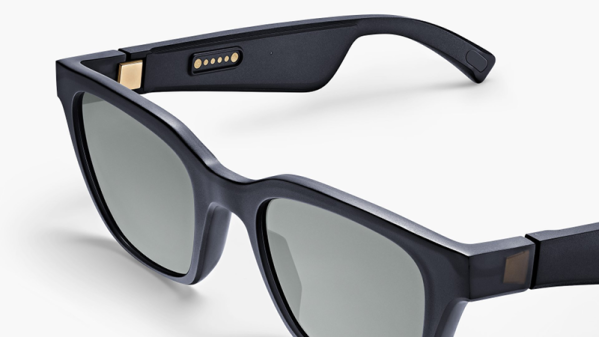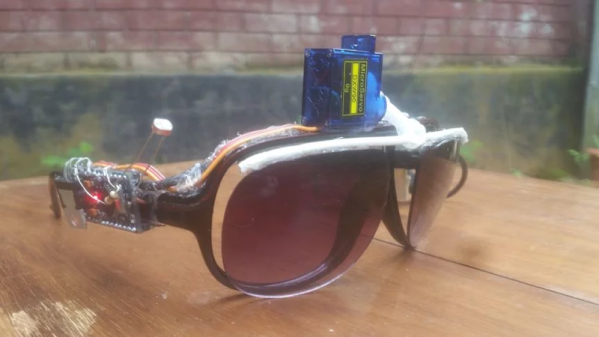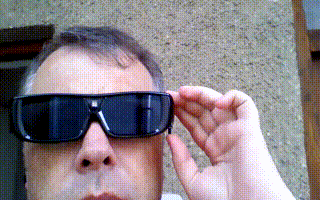Perhaps it is true that if all you have is a hammer every problem you see looks like a nail. When you think of augmented reality (AR), you usually think of something like the poorly-received Google Glass where your phone or computer overlays imagery in your field of vision. Bose isn’t known for video, though, they are known for audio. So perhaps it isn’t surprising that their upcoming (January 2019) AR sunglasses won’t feature video overlays. Instead, the $200 sunglasses will tell you what you are looking at.
The thing hinges on your device knowing your approximate location and the glasses knowing their orientation due to an inertial measuring system. In other words, the glasses — combined with your smart device — know where you are and what you are looking at. Approximately. So at the museum, if you are looking at a piece of art, the glasses could tell you more information about it. There’s a video showing an early prototype from earlier this year, below.
Continue reading “Bose Wants You To Listen Up For Augmented Reality”








 Of course, once everyone had seen the film with the blue aliens and tried a few other titles on their new toy, they grew tired of headaches, nausea, and half-brightness. The glasses gathered dust, and the fancy 3D telly never ventured beyond two dimensions again. Except for [Bobricius’s] glasses, that is, for he’s levered out the 3D driver electronics and replaced them with a tiny SOIC-8 solar cell. Light hits the cell, the LCD gets a charge and darkens, no light and they remain transparent. Similar to welding goggles — though they usually use a battery. It’s unclear whether they can get a little too dark on a really bright day and whether they are something akin to
Of course, once everyone had seen the film with the blue aliens and tried a few other titles on their new toy, they grew tired of headaches, nausea, and half-brightness. The glasses gathered dust, and the fancy 3D telly never ventured beyond two dimensions again. Except for [Bobricius’s] glasses, that is, for he’s levered out the 3D driver electronics and replaced them with a tiny SOIC-8 solar cell. Light hits the cell, the LCD gets a charge and darkens, no light and they remain transparent. Similar to welding goggles — though they usually use a battery. It’s unclear whether they can get a little too dark on a really bright day and whether they are something akin to 












